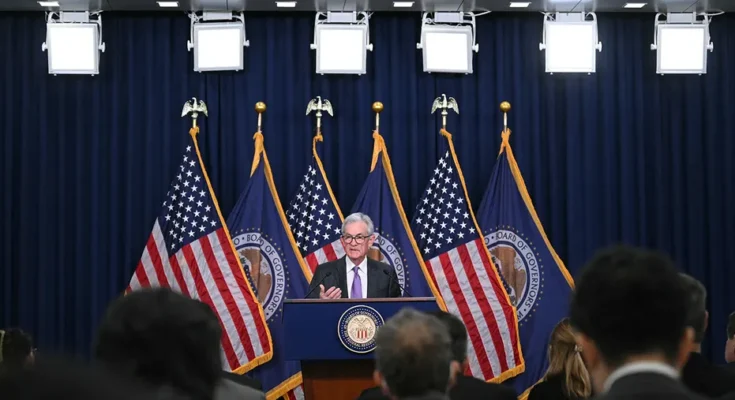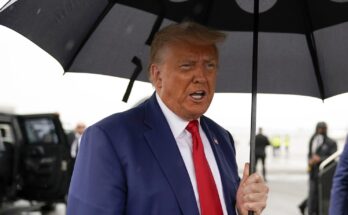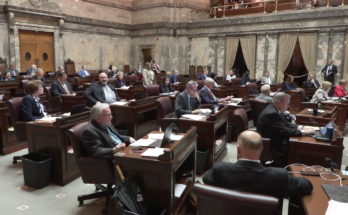1. June 2025 Fed Decision: Rates Stay at 4.25%–4.50%
On June 18, 2025, the Federal Reserve—via its Federal Open Market Committee (FOMC)—declared that it would keep the benchmark fed funds rate in the 4.25% to 4.50% range. This is the fourth meeting in a row no change has been made to rates, signaling continued caution as risks about the direction of the economy.
2. Inflation, Growth, and Geopolitical Headwinds
Chair Jerome Powell highlighted the importance of a data-driven, steady approach. He warned that “meaningful” inflation pressures are taking hold—partly due to newly proposed U.S. import tariffs. The economic outlook has also been muddied by geopolitical instability in the Middle East.
Key projections from the Fed:
- Inflation: Expected to rise to ~3% by year-end (above the 2% target) reuters.com+2reuters.com+2apnews.com+2.
- Economic Growth (GDP): Forecasted to slow to ~1.4% in 2025 (down from earlier estimates) ksl.com+4reuters.com+4nypost.com+4.
- Unemployment: Expected to rise modestly to around 4.5% by year-end reuters.com.
3. Future Outlook: Cuts Delayed, Market Reaction Mixed

Fed officials stills forecast two quarter-point rate cuts by end‑2025 but with a more cautious pace and timing, maybe closer to September or later reuters.com+10reuters.com+10reuters.com+10.
Market response:
- Currently, Fed funds futures are pricing in a ~64% probability of a September cut and another by October or December reuters.com+15reuters.com+15reuters.com+15.
- Bond investors are cutting exposure to long-term Treasuries because they have recalibrated expectations for aggressive easing
- aljazeera.com+12reuters.com+12reuters.com+12.
Analysts widely view this decision as consistent with prior guidance balancing elevated inflation and a slowing economy while highlighting ongoing uncertainties from tariffs and global conflict reuters.com.
4. Domestic Politics: Trump Criticism and Fed Independence
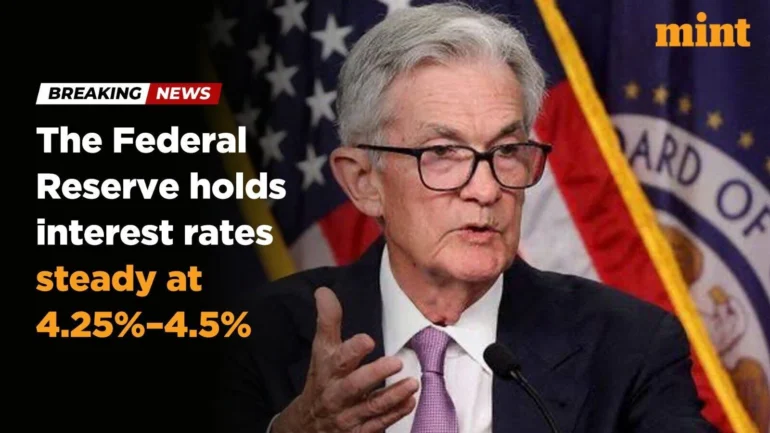
Former President Donald Trump sharply criticized Chair Powell for resistance to deep rate cuts, even suggesting he’d appoint himself to the Fed—calling Powell’s handling “too late” apnews.com+4reuters.com+4aljazeera.com+4.
espite this pressure, Powell reiterated the Fed’s independence, asserting policymakers will follow data—not politics—and will respond in due course to both inflation trends and economic growth indicators kiplinger.com.
5. Global and Geopolitical Dimensions
The Fed’s caution is partly driven by inflation risks tied to Trump-era tariffs and uncertain spillover from the Middle East conflict (e.g., oil price spikes due to Iran-Israel tensions) reuters.com+1washingtonpost.com+1.
- Energy price volatility remains a concern; even mild oil disruption could pressure consumer prices.
- Trade policy unpredictability continues to weigh on supply chains and business confidence washingtonpost.com+7reuters.com+7reuters.com+7.
6. Economic Outlook: A Delicate Dance
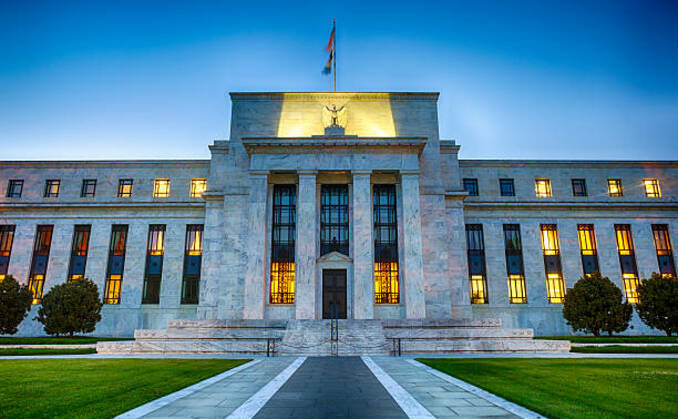
Pros:
- Labor Market remains robust: Unemployment steady at ~4.2%, claims near historic lows .
- Inflation Stabilizing? Swelling from tariffs is present, but so far contained .
Cons:
- Growth Slowing: GDP projections at just 1.4% in 2025, reflecting a slowdown nypost.com.
- Persistent Inflation: Likely above the 2% target, complicating timing for rate cuts reuters.com+2reuters.com+2ksl.com+2.
The Fed’s decision to hold rates steady reflects its balancing act: combating inflation partly fueled by tariffs and geopolitical instability against a slowing economy and resilient labor market. Officials forecast two modest cuts by year-end, yet any action will remain data-dependent and could shift based on incoming economic signals and global developments.
